Home>Articles>When I Flush The Toilet The Bathtub Fills With Water
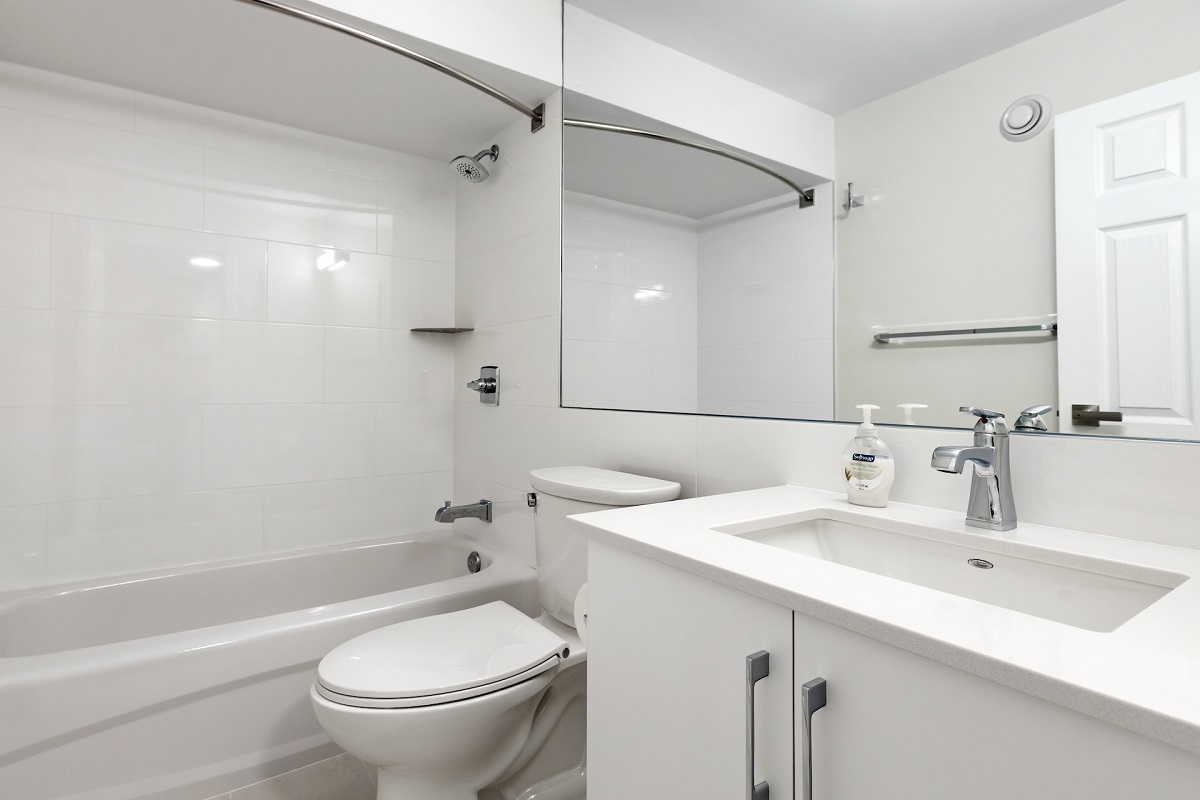

Articles
When I Flush The Toilet The Bathtub Fills With Water
Modified: March 2, 2024
Looking for articles on why flushing the toilet causes the bathtub to fill with water? Find expert advice and solutions to this common plumbing issue.
(Many of the links in this article redirect to a specific reviewed product. Your purchase of these products through affiliate links helps to generate commission for Storables.com, at no extra cost. Learn more)
Introduction
When you flush the toilet and notice that the bathtub starts to fill up with water, it can be a frustrating experience. Not only is it inconvenient, but it can also indicate underlying issues with your plumbing system. Understanding the common causes of this problem and knowing how to address them can help you prevent further damage and restore proper functionality to your bathroom.
There are several possible reasons why flushing the toilet causes the bathtub to fill with water. It could be due to a blocked drainage system, plumbing issues, or malfunctioning toilet components. Identifying the root cause is essential for implementing the correct solution.
In this article, we will explore each of these common causes in more detail and provide you with practical solutions to resolve the issue. By taking the necessary steps, you can ensure that your bathroom functions properly and prevent any future problems.
Key Takeaways:
- Don’t let a frustrating plumbing issue ruin your day. Learn how to tackle the problem of a bathtub filling up when you flush the toilet with practical solutions and preventive maintenance tips.
- From clearing blockages to inspecting toilet components, take charge of your bathroom’s functionality. With the right know-how and proactive care, you can keep your plumbing system running smoothly.
Read more: Toilet Bowl Fills With Water When Flushed
Common Causes
Understanding the common causes of the toilet flushing and the bathtub filling with water is crucial in troubleshooting the issue. Here are some of the most frequent culprits:
- Blocked Drainage System: One of the primary reasons for the bathtub filling up when you flush the toilet is a blockage in the drainage system. Over time, debris, hair, soap scum, and other substances can accumulate in the pipes, leading to restricted water flow. This blockage can cause water to back up and overflow into the bathtub. If you have noticed slow-draining sinks or gurgling noises in addition to the bathtub filling up, it is likely a blocked drainage system.
- Plumbing Issues: Another common cause is plumbing issues within your home’s plumbing system. If there is a problem with the main sewer line or the vent stack, it can disrupt the smooth flow of water and waste. This disruption can cause water from the toilet to back up and fill the bathtub. Plumbing issues can be more complex and may require professional assistance to diagnose and fix.
- Malfunctioning Toilet Components: Faulty toilet components can also contribute to the problem. For example, a malfunctioning flapper valve can result in incomplete flushing, causing water to flow back into the bathtub. Similarly, a worn-out fill valve or a faulty flush valve can lead to irregular water flow and the subsequent bathtub filling. Inspecting and repairing or replacing these components may be necessary to resolve the issue.
Now that we have explored the common causes of the toilet flushing and the bathtub filling with water, let’s move on to the possible solutions to address these issues.
Blocked Drainage System
A blocked drainage system is a common cause of the bathtub filling up when you flush the toilet. Debris, mineral buildup, hair, and other substances can accumulate in the pipes over time, leading to restricted water flow and potential blockages.
If you suspect a blocked drainage system, here are some steps you can take to address the issue:
- Use a Plunger: A plunger can be an effective tool to dislodge minor blockages. Ensure that the bathtub drain and toilet bowl are both covered with the plunger, creating a seal. Then, plunge vigorously to create suction and pressure, which may help to clear the blockage. Repeat this process several times if necessary.
- Try a Drain Snake: If a plunger doesn’t do the trick, a drain snake can be used to reach deeper into the pipes and break up larger blockages. Insert the drain snake into the bathtub drain and rotate it while applying gentle pressure. This should help to remove the debris and clear the blockage.
- Chemical Drain Cleaners: Chemical drain cleaners can be used as a last resort if the previous methods haven’t been successful. However, exercise caution when using these products, as they can be harmful to your pipes and the environment. Follow the instructions on the product carefully and avoid using them excessively.
If you’ve tried these methods but are still unable to clear the blockage, it may be necessary to call a professional plumber. They have the expertise and specialized tools to handle more stubborn blockages and ensure the proper functioning of your drainage system.
Preventing future blockages is also important. Consider using drain covers to catch hair and other debris, and avoid pouring grease or other substances down the drain. Regularly flushing the drains with hot water can also help to keep them clear.
Now that we have explored how to address a blocked drainage system, let’s move on to the next possible cause: plumbing issues.
Plumbing Issues
Plumbing issues can contribute to the bathtub filling up when you flush the toilet. These issues may arise from problems with the main sewer line or the vent stack, both of which play crucial roles in maintaining proper water flow and drainage in your plumbing system.
If you suspect plumbing issues, here are some steps you can take to address the problem:
- Check the Main Sewer Line: A clogged or damaged main sewer line can cause water from the toilet to back up and fill the bathtub. If you notice multiple drains in your home are slow or not draining at all, it could indicate a problem with the main sewer line. In such cases, it’s best to call a professional plumber who can conduct a thorough inspection and perform any necessary repairs or cleaning.
- Inspect the Vent Stack: The vent stack is responsible for releasing sewer gases and maintaining proper air pressure in the plumbing system. If the vent stack becomes blocked or damaged, it can disrupt the flow of water and waste, leading to problems like the bathtub filling up. Inspecting the vent stack for any obstructions or damage is crucial. If you are unsure about how to do this, it is recommended to seek the assistance of a licensed plumber.
- Address Hidden Leaks: Hidden leaks in your plumbing system can also contribute to water backing up into the bathtub. Check for any signs of water damage, such as wet spots on walls or ceilings, musty odors, or unusually high water bills. If you suspect a hidden leak, it’s important to have it repaired promptly to prevent further damage and restore proper water flow.
Plumbing issues can be complex, and attempting DIY repairs without knowledge and experience can lead to additional problems. It is always advisable to consult a professional plumber who can accurately diagnose the issue and provide the appropriate solutions.
Regular maintenance of your plumbing system, including periodic inspections and cleaning, can help prevent plumbing issues and ensure the smooth operation of your bathroom.
Now that we have discussed plumbing issues, let’s move on to the next possible cause: malfunctioning toilet components.
Malfunctioning Toilet Components
Malfunctioning toilet components can also be a common cause of the bathtub filling up when you flush the toilet. These components play integral roles in the flushing process and if they are faulty or worn out, it can disrupt the flow of water and cause water to back up into the bathtub.
If you suspect malfunctioning toilet components, here are some steps you can take to address the issue:
- Check the Flapper Valve: The flapper valve is responsible for releasing water from the tank into the bowl during a flush. If the flapper valve is not closing properly, it can result in incomplete flushing and water flowing back into the bathtub. Inspect the flapper valve for any signs of damage or deterioration. If it is worn out or not functioning correctly, it may need to be replaced.
- Inspect the Fill Valve: The fill valve is responsible for refilling the toilet tank after a flush. If the fill valve is faulty or not functioning properly, it can result in irregular water flow, leading to the bathtub filling up. Check for any signs of leaks, adjust the water level if necessary, and consider replacing the fill valve if it is not working correctly.
- Examine the Flush Valve: The flush valve is another crucial component that controls the release of water from the tank into the bowl during flushing. A faulty or malfunctioning flush valve can disrupt the flushing process and cause water to back up into the bathtub. Inspect the flush valve for any signs of damage or blockage. If needed, clean it thoroughly or replace it, following manufacturer instructions.
If you are unsure about how to inspect or replace these components, it is recommended to consult a professional plumber. They have the expertise and knowledge to accurately diagnose any issues with your toilet and perform the necessary repairs or replacements.
Regular maintenance of your toilet, including cleaning and checking for any signs of wear or damage, can help prevent malfunctioning toilet components and ensure the proper functioning of your bathroom.
Now that we have discussed malfunctioning toilet components, let’s move on to the possible solutions to address these issues.
Read more: Bathtub Gurgles When Toilet Is Flushed
Solutions
Now that we have explored the common causes of the bathtub filling up when you flush the toilet, it’s time to discuss the solutions to these issues. Depending on the specific cause, there are several steps you can take to address the problem and restore proper functionality to your bathroom.
Clear Blockage in Drainage System
If a blocked drainage system is the culprit, here are the steps you can take to clear the blockage:
- Use a plunger: Make sure to cover both the bathtub drain and the toilet bowl with the plunger and plunge vigorously to create suction and dislodge the blockage.
- Try a drain snake: If the plunger doesn’t work, using a drain snake can help reach deeper into the pipes and break up stubborn blockages.
- Chemical drain cleaners: Use chemical drain cleaners as a last resort, following the instructions carefully and avoiding excessive use.
- Call a professional plumber: If the blockage persists or you’re unable to clear it yourself, it’s best to seek the assistance of a professional plumber who can use specialized tools to remove the blockage.
Check and Repair Plumbing Issues
If plumbing issues are the cause, follow these steps to address the problem:
- Have the main sewer line inspected: A professional plumber can conduct a thorough inspection and perform any necessary repairs or cleaning on the main sewer line.
- Inspect the vent stack: If there are obstructions or damage to the vent stack, a professional plumber can identify and fix the issue to restore proper water flow.
- Address hidden leaks: If you suspect a hidden leak, have it repaired promptly to prevent further damage and restore proper water flow in your plumbing system.
Repair or Replace Malfunctioning Toilet Components
If malfunctioning toilet components are to blame, consider these steps:
- Inspect the flapper valve: If it is damaged or not closing properly, replace the flapper valve to ensure complete flushing.
- Check the fill valve: Adjust the water level, look for leaks, and replace the fill valve if it is faulty or not working correctly.
- Examine the flush valve: Clean or replace the flush valve if it is damaged or causing irregular water flow during flushing.
- Consult a professional plumber: If you are unsure about inspecting or replacing toilet components, it is best to seek the expertise of a professional plumber for accurate diagnosis and repairs.
By following these solutions, you can address the specific cause of the bathtub filling up when you flush the toilet and restore proper functionality to your bathroom.
Remember that regular maintenance and inspections of your plumbing system are essential in preventing future issues. Additionally, seeking professional assistance when needed can ensure the proper resolution of any plumbing problems.
We hope this article has provided you with valuable insights and guidance on how to address the issue of the bathtub filling up when you flush the toilet. With the appropriate solutions implemented, you can enjoy a fully functioning and efficient bathroom once again.
Clear Blockage in Drainage System
If you suspect that a blocked drainage system is causing the bathtub to fill up when you flush the toilet, there are several steps you can take to clear the blockage. By following these methods, you can restore proper water flow and prevent further issues.
Use a Plunger
A plunger is a simple yet effective tool for clearing minor blockages in the drainage system. Follow these steps:
- Make sure the bathtub drain and the toilet bowl are both covered with the plunger to create a good seal.
- Vigorously plunge several times to create suction and pressure, which can dislodge the blockage.
- Repeat the process if necessary until the water begins to drain properly.
Try a Drain Snake
If using a plunger doesn’t resolve the blockage, a drain snake can be a more effective solution. Here’s how to use it:
- Insert the drain snake into the bathtub drain, pushing it gently but firmly.
- Rotate the drain snake clockwise while applying gentle pressure to break up and dislodge the blockage.
- Continue doing this until you feel the drain snake move freely through the pipes.
Chemical Drain Cleaners
If the plunger and drain snake methods do not work, you can consider using chemical drain cleaners as a last resort. However, exercise caution and follow these guidelines:
- Choose a chemical drain cleaner that is suitable for your specific type of plumbing system.
- Read and follow the instructions on the product carefully, as improper use can cause damage to your pipes and be harmful to your health.
- Avoid using chemical drain cleaners excessively, as they can deteriorate the pipes over time.
If you’ve tried these methods but are still unable to clear the blockage, it is advisable to seek the assistance of a professional plumber. They have the expertise and specialized tools to handle more stubborn blockages and ensure the proper functioning of your drainage system.
Prevention is key to avoid future blockages. Consider using drain covers to catch hair and other debris, and avoid pouring grease or other substances down the drain. Regularly flushing the drains with hot water can also help to keep them clear.
By following these steps, you can effectively clear blockages in the drainage system and eliminate the issue of the bathtub filling up when you flush the toilet.
Check and Repair Plumbing Issues
If you suspect that plumbing issues are causing the bathtub to fill up when you flush the toilet, it is important to address these problems promptly to restore proper water flow and prevent further damage to your plumbing system. Here are the steps you can take to check and repair plumbing issues:
Have the Main Sewer Line Inspected
A clogged or damaged main sewer line can disrupt the flow of water and waste, leading to the bathtub filling up. To check and address this issue:
- Contact a professional plumber to conduct a thorough inspection of the main sewer line.
- They will use specialized equipment such as video cameras to identify any blockages, root intrusions, or damage in the sewer line.
- Based on the inspection findings, the plumber will recommend appropriate repairs or cleaning methods, such as hydro jetting or sewer line replacement if necessary.
- Follow the plumber’s recommendations and authorize the necessary repairs to restore proper water flow and prevent future issues.
Inspect the Vent Stack
The vent stack plays a crucial role in maintaining proper air pressure in the plumbing system. An obstructed or damaged vent stack can lead to water backing up into the bathtub. Follow these steps to check the vent stack:
- Visually inspect the vent stack to ensure it is not blocked by leaves, debris, or any other obstructions.
- If you suspect a blockage or damage, consider calling a professional plumber to conduct a more thorough inspection and perform the necessary repairs.
- The plumber may use specialized tools to remove any obstructions or make repairs to the vent stack, ensuring proper air circulation and preventing further issues.
Address Hidden Leaks
Hidden leaks in your plumbing system can disrupt water flow and contribute to the bathtub filling up. Here’s how to address hidden leaks:
- Look for any signs of water damage, such as wet spots on walls or ceilings, musty odors, or unusually high water bills.
- If you suspect a hidden leak, contact a professional plumber to locate and repair the source of the leak.
- The plumber may use specialized equipment, such as moisture detectors or thermal imaging, to identify the exact location of the leak.
- Once the leak is located, the plumber will repair or replace the affected pipes to prevent further water damage and restore proper water flow.
Plumbing issues can be complex, and attempting DIY repairs without the necessary knowledge and experience can lead to additional problems. It is always recommended to consult a professional plumber who can accurately diagnose the issues and perform the required repairs.
Regular maintenance of your plumbing system, such as periodic inspections and addressing minor issues promptly, can help prevent major plumbing issues and ensure the smooth operation of your bathroom.
By following these steps, you can effectively check and repair plumbing issues, restoring proper water flow and resolving the problem of the bathtub filling up when you flush the toilet.
Read more: Why Is My Toilet Overflowing When I Flush
Repair or Replace Malfunctioning Toilet Components
If malfunctioning toilet components are causing the bathtub to fill up when you flush, it is important to address these issues to restore proper functionality to your toilet. Here are the steps you can take to repair or replace malfunctioning toilet components:
Inspect the Flapper Valve
The flapper valve is responsible for releasing water from the tank into the bowl during a flush. If the flapper valve is faulty or not closing properly, it can result in incomplete flushing and water flowing back into the bathtub. To inspect and address this issue:
- Remove the toilet tank lid and observe the flapper valve. Check for any signs of damage, deterioration, or misalignment.
- If the flapper valve is worn out or not functioning correctly, it may need to be replaced. Instructions for replacing the flapper valve can be found in the manufacturer’s manual or by consulting a professional plumber.
- Ensure that the replacement flapper valve is compatible with your toilet model and install it according to the manufacturer’s instructions.
Check the Fill Valve
The fill valve is responsible for refilling the toilet tank after a flush. If the fill valve is faulty or not working properly, it can result in irregular water flow, leading to the bathtub filling up. To check and address this issue:
- Observe the fill valve and check for any signs of leaks or malfunctioning.
- Adjust the water level in the toilet tank if it is too high or too low. This can be done by using the adjustment screw or following the instructions provided by the manufacturer.
- If the fill valve is faulty, consider replacing it with a new one that is compatible with your toilet model. Consult the manufacturer’s manual or a professional plumber for guidance on how to replace the fill valve.
Examine the Flush Valve
The flush valve controls the release of water from the toilet tank into the bowl during a flush. A faulty or malfunctioning flush valve can disrupt the flushing process and cause water to back up into the bathtub. To examine and address this issue:
- Inspect the flush valve for any signs of damage, blockage, or misalignment.
- Clean the flush valve thoroughly to remove any debris or mineral deposits that may be affecting its function.
- If the flush valve is damaged beyond repair or is causing irregular water flow during flushing, consider replacing it with a new one. Follow the manufacturer’s instructions or seek the assistance of a professional plumber for proper installation.
If you are unsure about how to inspect or replace these toilet components, it is recommended to consult a professional plumber. They have the knowledge and expertise to accurately diagnose any issues with your toilet and perform the necessary repairs or replacements.
Regular maintenance of your toilet, including cleaning and checking for any signs of wear or damage, can help prevent malfunctioning toilet components and ensure the proper functioning of your bathroom.
By following these steps, you can effectively repair or replace malfunctioning toilet components, restore proper functionality to your toilet, and resolve the issue of the bathtub filling up when you flush.
Read more: Toilet Noise When Flushing
Conclusion
The problem of the bathtub filling up when you flush the toilet can be frustrating and inconvenient. However, by understanding the common causes and implementing the appropriate solutions, you can resolve this issue and ensure the proper functioning of your bathroom.
We explored the common causes of the bathtub filling up, including a blocked drainage system, plumbing issues, and malfunctioning toilet components. Clearing blockages in the drainage system, checking and repairing plumbing issues, and addressing malfunctioning toilet components are all crucial steps in resolving the problem.
To clear blockages in the drainage system, you can use a plunger, try a drain snake, or use chemical drain cleaners as a last resort. If plumbing issues are to blame, consulting a professional plumber to inspect the main sewer line, vent stack, and address hidden leaks is recommended. For malfunctioning toilet components, inspecting and replacing the flapper valve, fill valve, and flush valve may be necessary.
Regular maintenance of your plumbing system, including periodic inspections and prompt repairs, can help prevent these issues from occurring in the future. Proper care and attention to your toilet can also contribute to its optimal performance and longevity.
Remember, if you are unsure or uncomfortable with any of the steps or if the problem persists despite your efforts, it is always best to seek the assistance of a professional plumber. They have the expertise and tools to accurately diagnose and address plumbing issues.
By taking the necessary steps to address the underlying causes and proactively maintaining your plumbing system, you can enjoy a fully functional bathroom, free from the inconvenience of the bathtub filling up when you flush the toilet.
Frequently Asked Questions about When I Flush The Toilet The Bathtub Fills With Water
Was this page helpful?
At Storables.com, we guarantee accurate and reliable information. Our content, validated by Expert Board Contributors, is crafted following stringent Editorial Policies. We're committed to providing you with well-researched, expert-backed insights for all your informational needs.
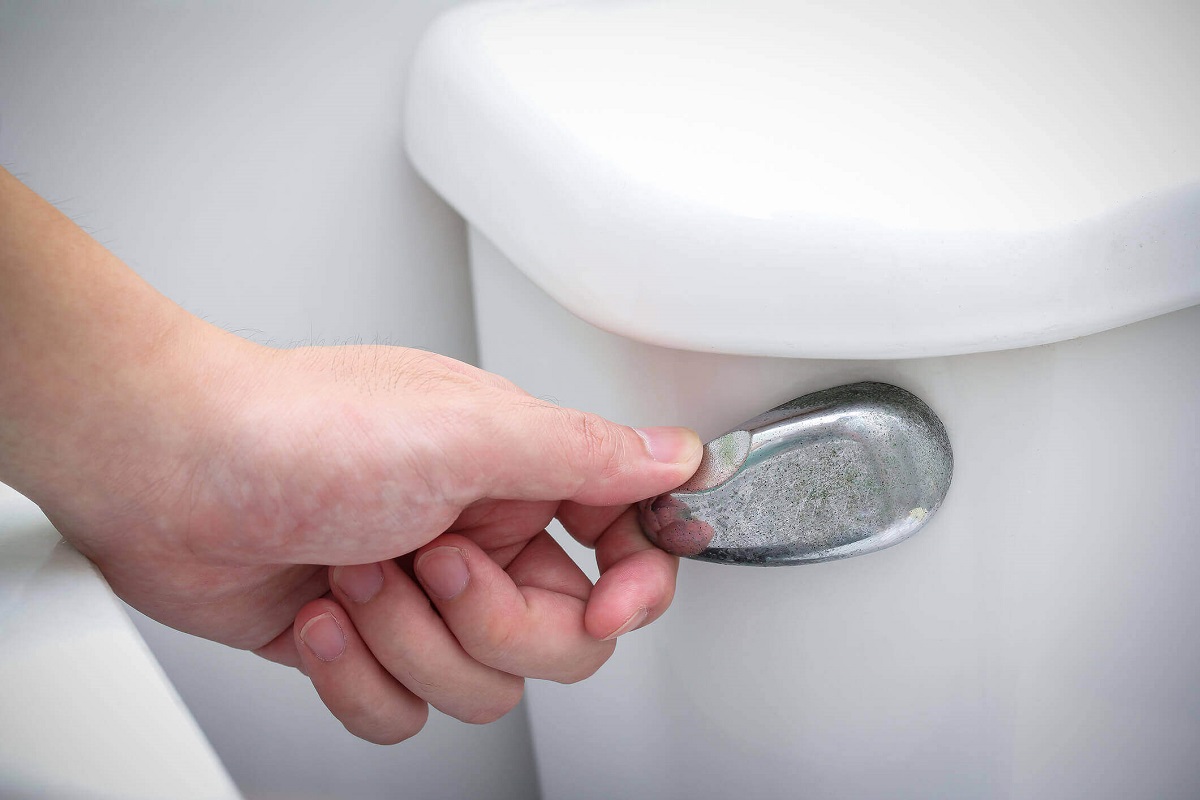
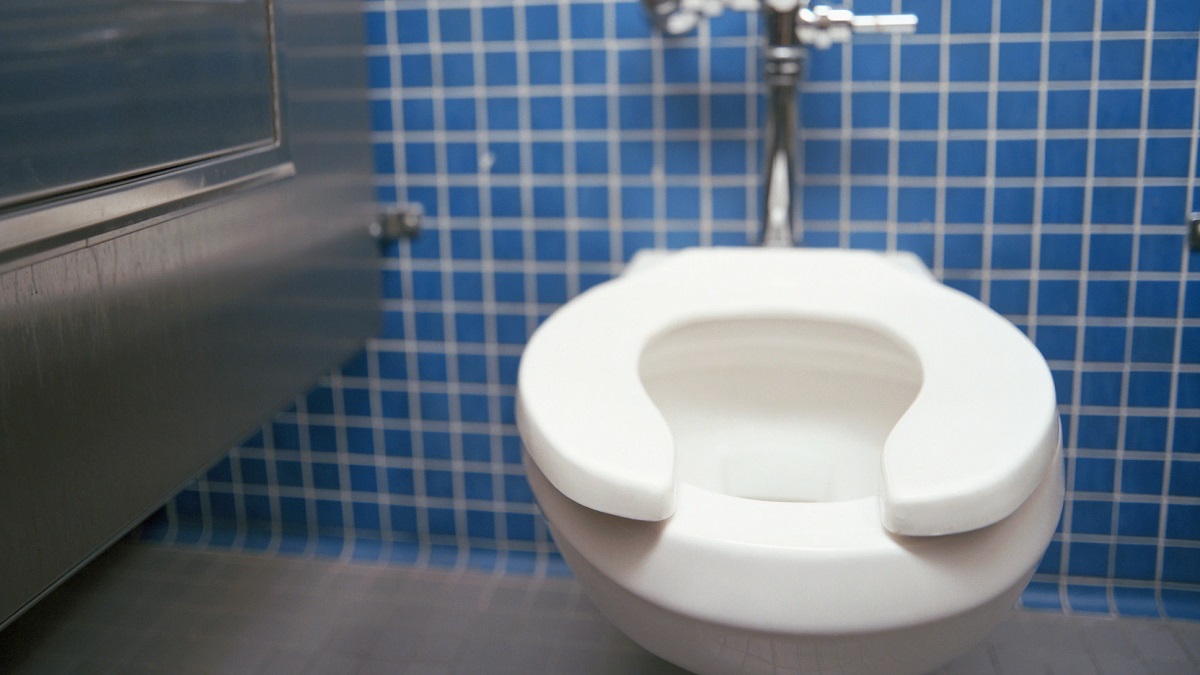
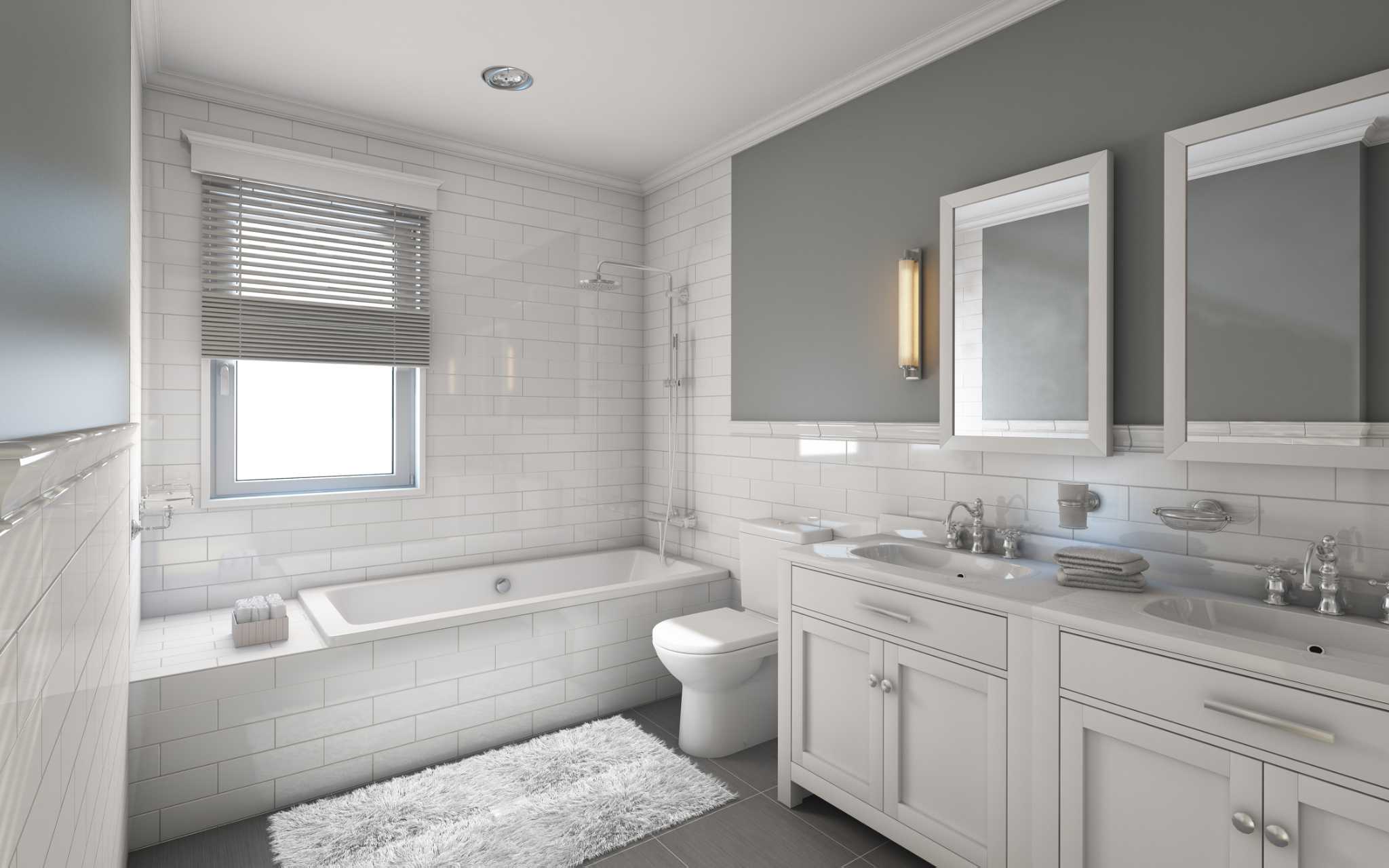
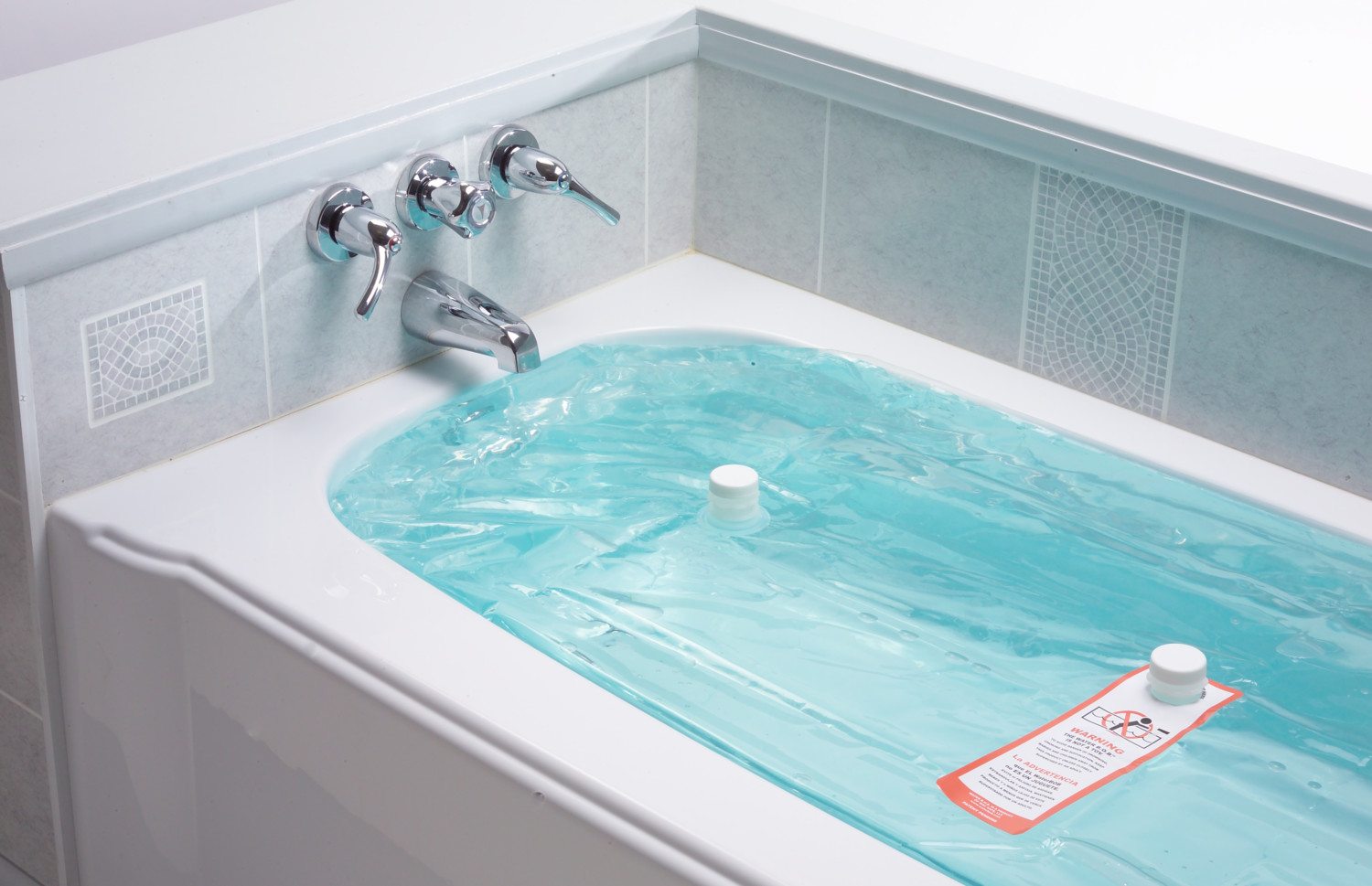
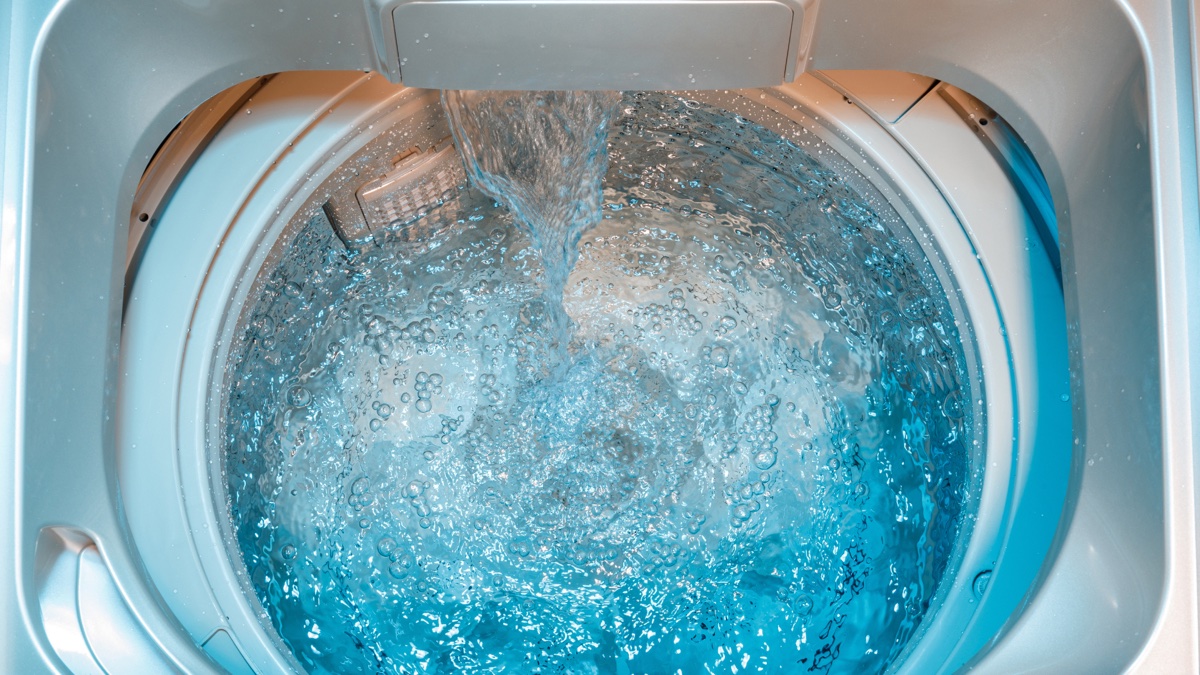
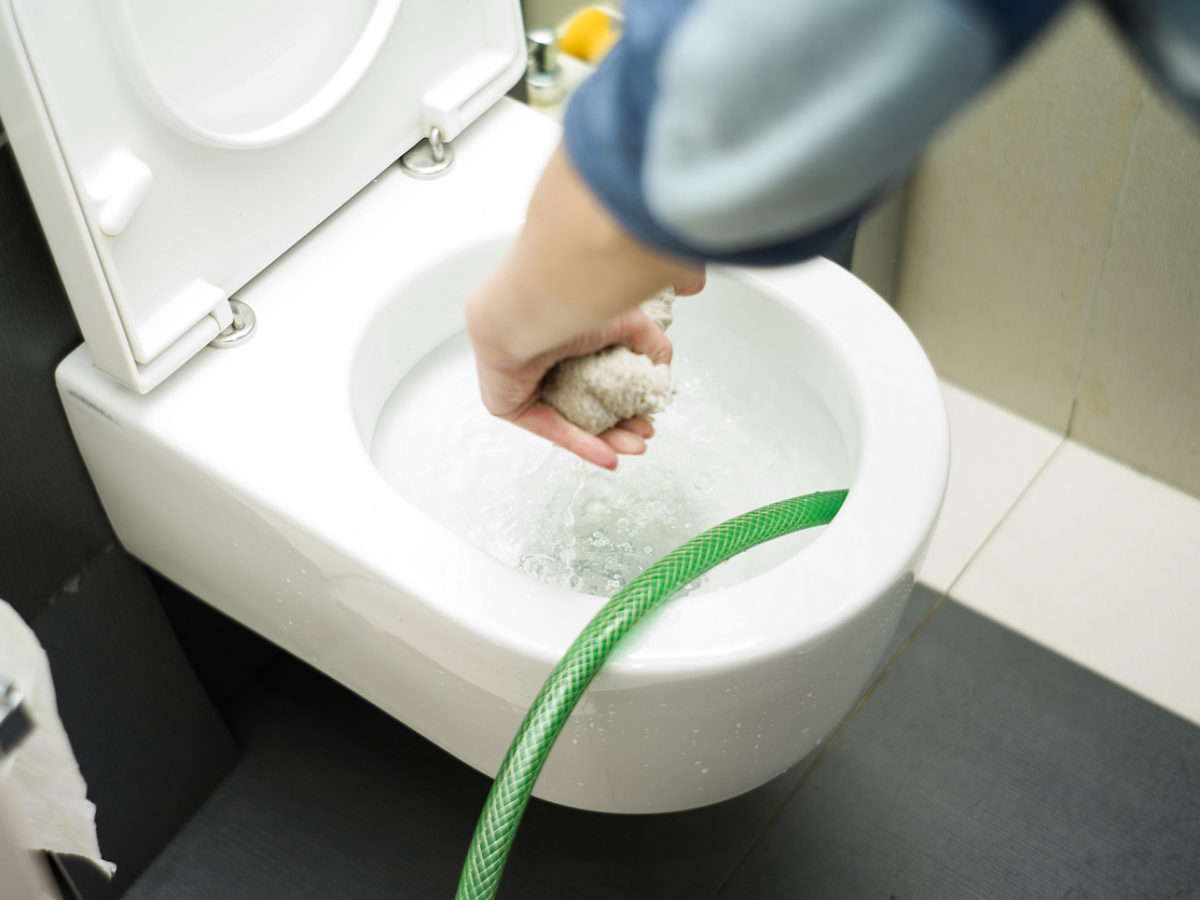
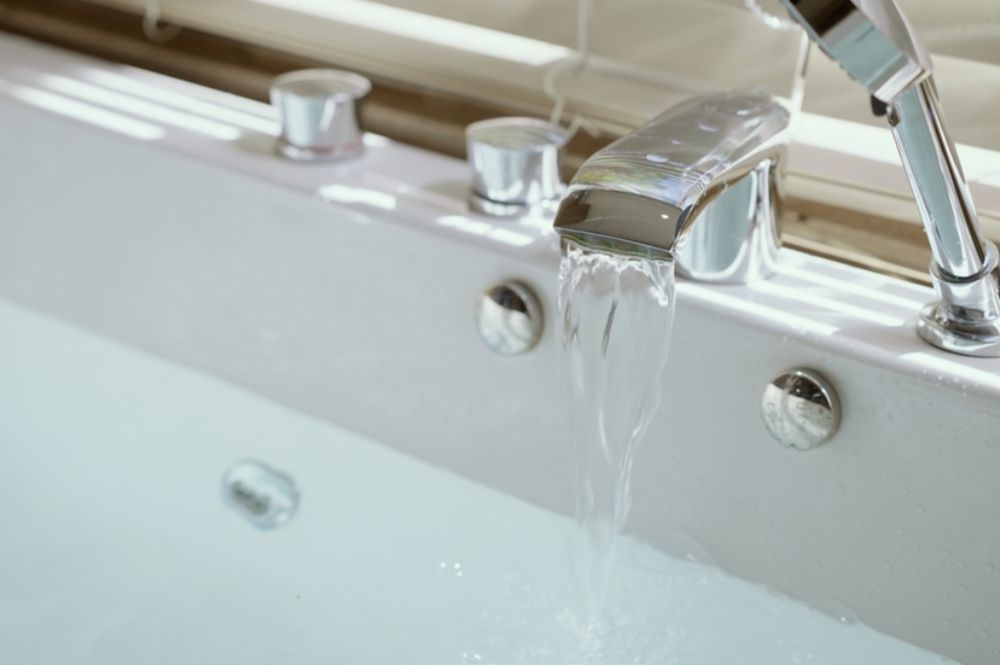
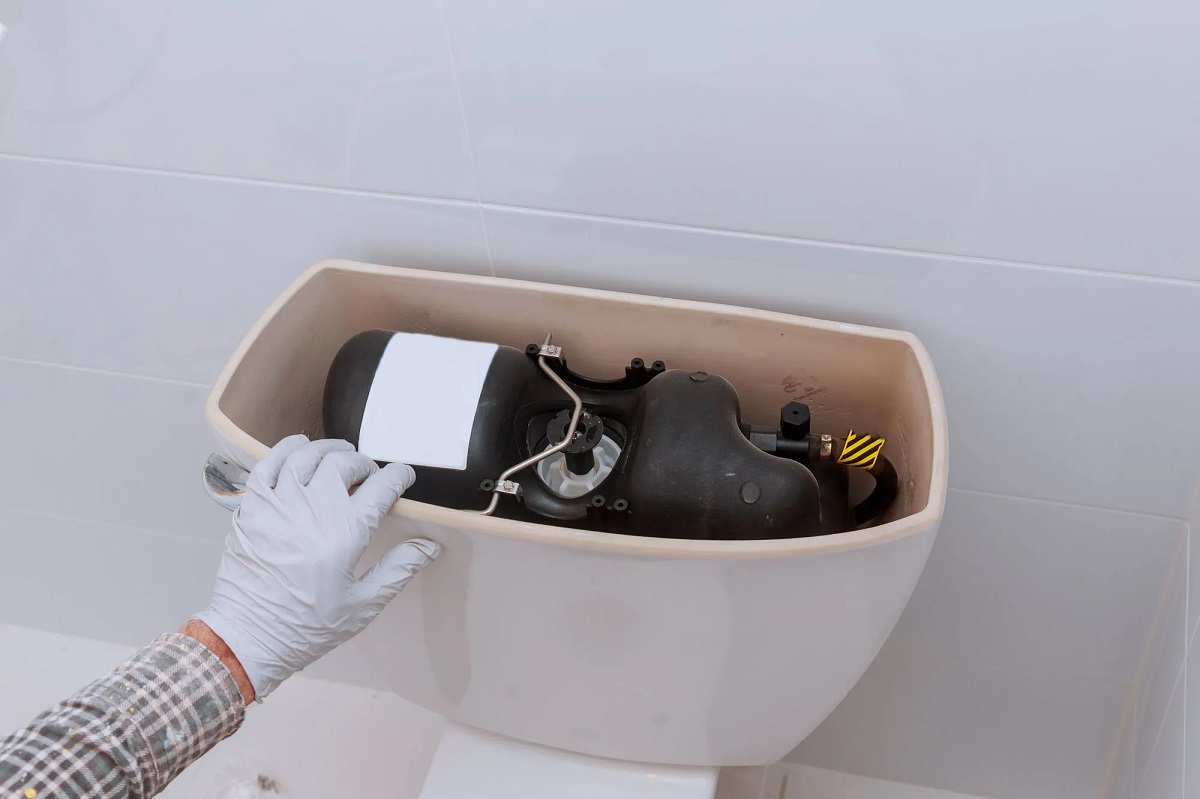
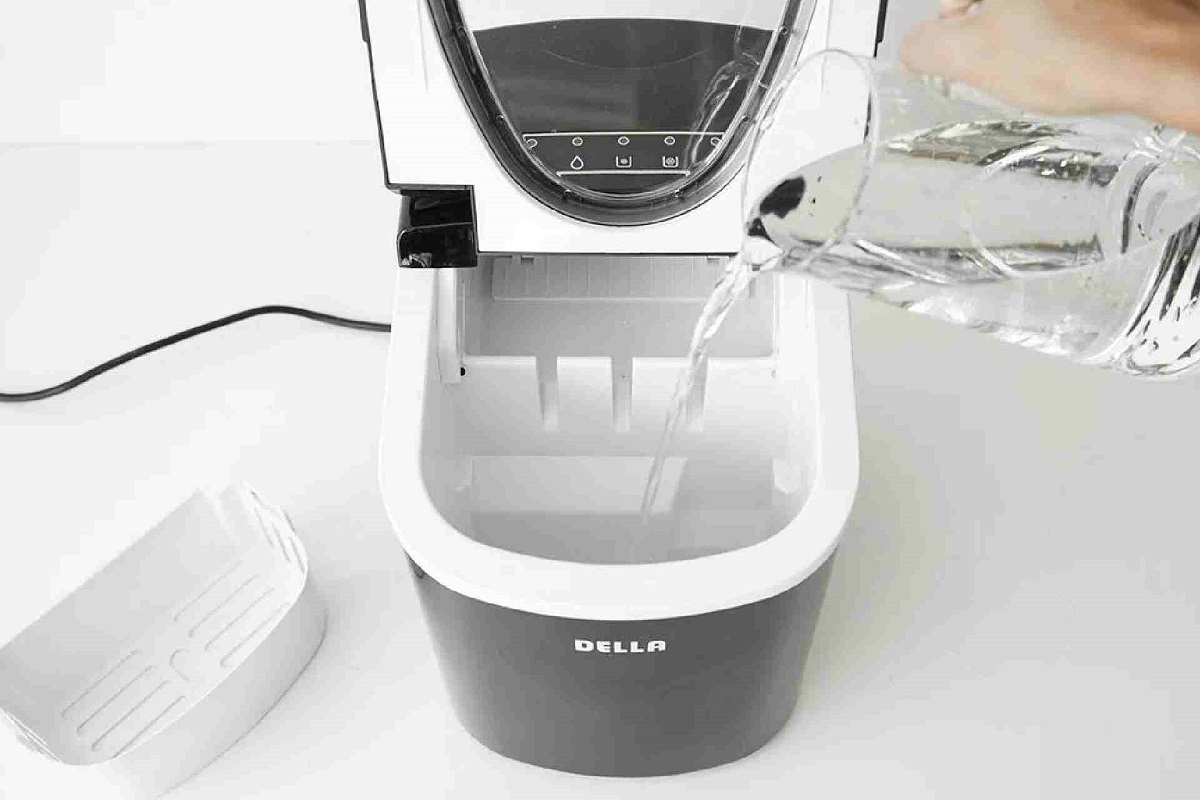
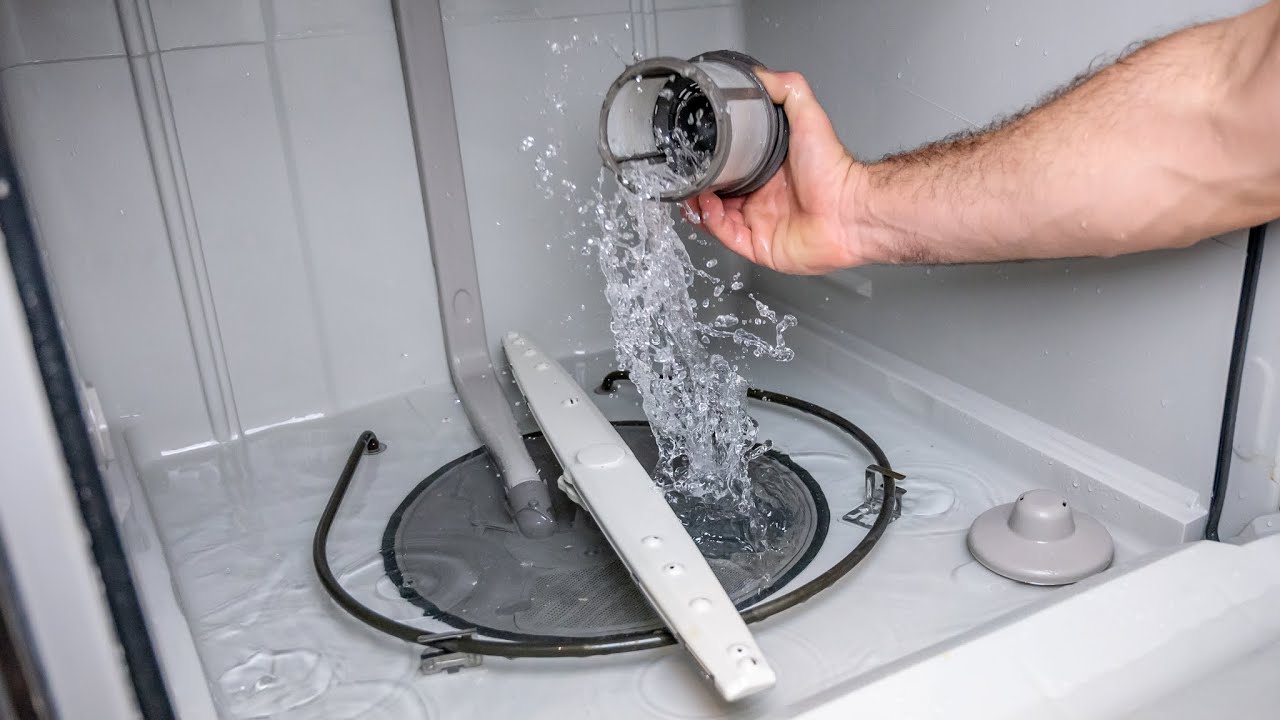

0 thoughts on “When I Flush The Toilet The Bathtub Fills With Water”